Subtotal: $47.00
Financial Modeling for Algorithmic Trading using Python
$199.00 $49.00
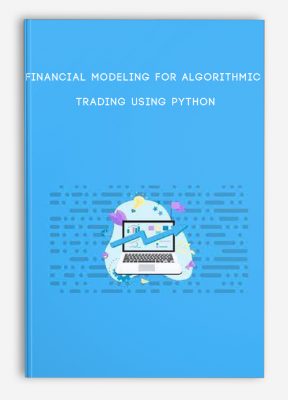
Financial Modeling for Algorithmic Trading using Python
Get Financial Modeling for Algorithmic Trading using Python on Salaedu.com
Description:
- How to use Numpy, Pandas, and matplotlib to manipulate, analyze, and visualize financial data
-
UNDERSTAND THE TIME VALUE OF MONEY APPLICATIONS AND PROJECT SELECTION
-
MAKE USE OF MONTE CARLO METHOD TO SIMULATE PORTFOLIO ENDING VALUES, VALUE OPTIONS, AND CALCULATE VALUE AT RISK
- Understand complex financial terminology and methodology in simple ways
- Featuring a premiere on Ensemble Learning with Bagging & Boosting
- How to apply your skills to real world cryptocurrency trading such as Bitcoin and Ethereum
- Building high-frequency trading robots
- Implementing backtesting econometrics for trading strategies evaluation
- Get hands-on with financial forecasting using machine learning with Python, Keras, scikit-learn, and pandas
- Working knowledge of Python is required.
Video Learning Path Overview
A Learning Path is a specially tailored course that brings together two or more different topics that lead you to achieve an end goal. Much thought goes into the selection of the assets for a Learning Path, and this is done through a complete understanding of the requirements to achieve a goal.
Technology has become an asset in finance. Among the hottest programming languages, you’ll find Python becoming the technology of choice for Finance. The financial industry is increasingly adopting Python for general-purpose programming and quantitative analysis, ranging from understanding trading dynamics to building financial machine learning models.
This well thought out Learning Path takes a step by step approach to teach you how to use Python for performing financial analysis and modeling on a day-to-day basis. Beginning with an introduction to Python and its third party libraries, you will learn how to apply basics of Finance such as Time Value of Money and time series in Python. You will also perform valuations, linear regressions, and Monte Carlo simulation for analyzing some basic models.
Once you are comfortable in analyzing models with Python, you will learn to practically apply them to analyze machine learning models for your own financial data. You will then learn how to build machine learning models and trading algorithms as per your trade. You will also learn to build a trading bot for providing fully automated trading solutions to your trade. Next, you will learn to evaluate the models for value at risk using machine learning techniques.
Now that you are being familiar with machine learning, you will step ahead with learning deep learning techniques for Financial forecasting, predicting Forex currency exchange rates, looking into financial loan approval, fraud detection, and forecasting stock prices.
Towards the end of this course, you will be able to perform financial valuations, build algorithmic trading bots, and perform stock trading and financial analysis in different areas of finance.
Key Features
- Get hands-on with financial forecasting using machine learning with Python, Keras, scikit-learn, and pandas
- Use libraries like Numpy, Pandas, Scipy and Matplotlib for data analysis, manipulation and visualization
- Be comfortable with Monte Carlo Simulation, Value at Risk, and Options Valuation
- Grasp Machine Learning forecasting on a specific real-world financial data
Author Bios
- Matthew Macarty has taught graduate and undergraduate business school students for over 15 years and currently teaches at Bentley University. He has taught courses in statistics, quantitative methods, information systems and database design.
- Mustafa Qamar-ud-Din is a machine learning engineer with over 10 years of experience in the software development industry. He is a specialist in image processing, machine learning and deep learning. He worked with many startups and understands the dynamics of agile methodologies and the challenges they face on a day to day basis. He is also quite aware of the professional skills which the recruiters are looking for when making hiring decisions.
- Jakub Konczyk has enjoyed and done programming professionally since 1995. He is a Python and Django expert and has been involved in building complex systems since 2006. He loves to simplify and teach programming subjects and share it with others. He first discovered Machine Learning when he was trying to predict the real estate prices in one of the early stage startups he was involved in. He failed miserably. Then he discovered a much more practical way to learn Machine Learning that he would like to share with you in this course. It boils down to “Keep it simple!” mantra.
- This course is ideal for aspiring data scientists, Python developers and anyone who wants to start performing quantitative finance using Python. You can also make this beginner-level guide your first choice if you’re looking to pursue a career as a financial analyst or a data analyst.
Financial Development Course
Financial development means some improvements in producing information about possible investments and allocating capital, monitoring firms and exerting corporate governance, trading, diversification, and management of risk, mobilization and pooling of savings, easing the exchange of goods and services.
More Course: Financial Development Course
Outstanding Course:George S.Moore – Introduction to the Practice of Statistics
1 review for Financial Modeling for Algorithmic Trading using Python
Add a review Cancel reply
Related products
Financial Development Course
Financial Development Course
Stephen G.Ryan – Financial Instruments & Institutions (2nd Ed.)
Financial Development Course
Financial Development Course
Financial Development Course
Financial Development Course
Financial Development Course
Wendy Patton – Investing in Real Estate With Lease Options and “Subject-To” Deals
Financial Development Course

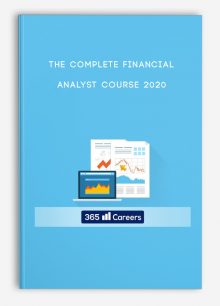 The Complete Financial Analyst Course 2020
The Complete Financial Analyst Course 2020 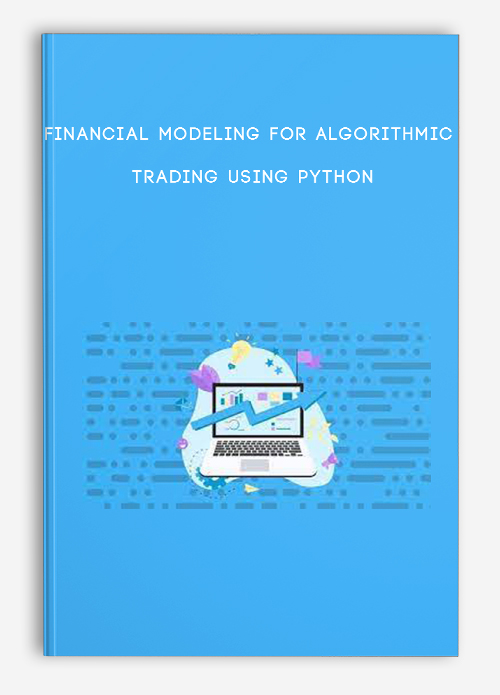

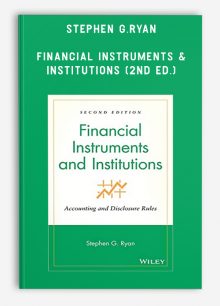
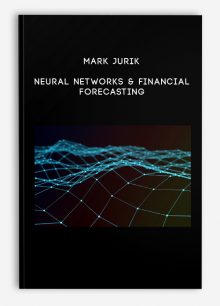





king –
We encourage you to check Content Proof carefully before paying.
“Excepted” these contents: “Online coaching, Software, Facebook group, Skype and Email support from Author.”
If you have enough money and feel good. We encourage you to buy this product from the original Author to get full other “Excepted” contents from them.
Thank you!